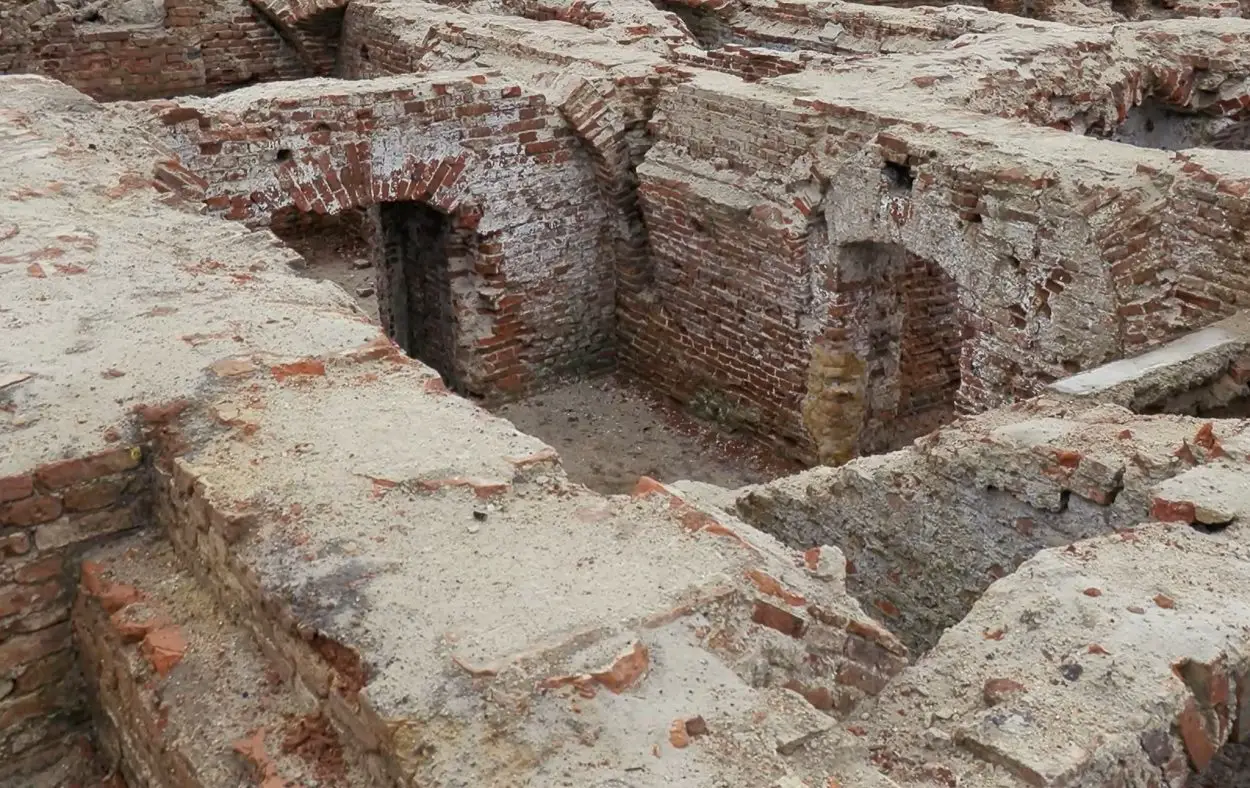Archaeologists conducting reconstruction works at the Saxon Palace have made new discoveries into palace life.
The Saxon Palace is located in Warsaw, Poland, with construction beginning in 1661 by Jan Andrzej Morsztyn. Over the centuries, the palace was remodelled and extended many times, but was destroyed in WW2 by the German army during the planned systematic destruction of Warsaw
Only parts of the central arcade remained, including the Tomb of the Unknown Soldier, which today is a symbolic grave commemorating the nameless soldiers who died in the defence of Poland. After the war, the Soviet-backed government removed the palace ruins and transported it across the Vistula River, where it was used to reconstruct parts of the city.

Excavations of the palace have revealed the 17th century foundations, wells and latrines, with nearly 46,000 artefacts being uncovered. These include coins, ornaments, medallions, and vessels with decorations or manufacturer’s marks. The team also found fragments of sculptures, most notably a baroque putto that likely came from the palace gardens or from the royal chapel of Saint Anne.

While excavating the palace latrines, the team found a ring made from silver and gold that is set with a diamond. Speaking to PAP, PL scientific coordinator Maria Wardzyńska said: “The wells and latrines are where the largest number of objects for research were obtained. They were used as a garbage dump, into which everything was thrown in”.

The preservation and reconstruction of Saxon Palace was announced in 2021 by Polish President Andrzej Duda, who submitted a bill to parliament to rebuild the palace as a symbolic completion of the city’s reconstruction from the ruins of World War II.
Src: heritagedaily.com








